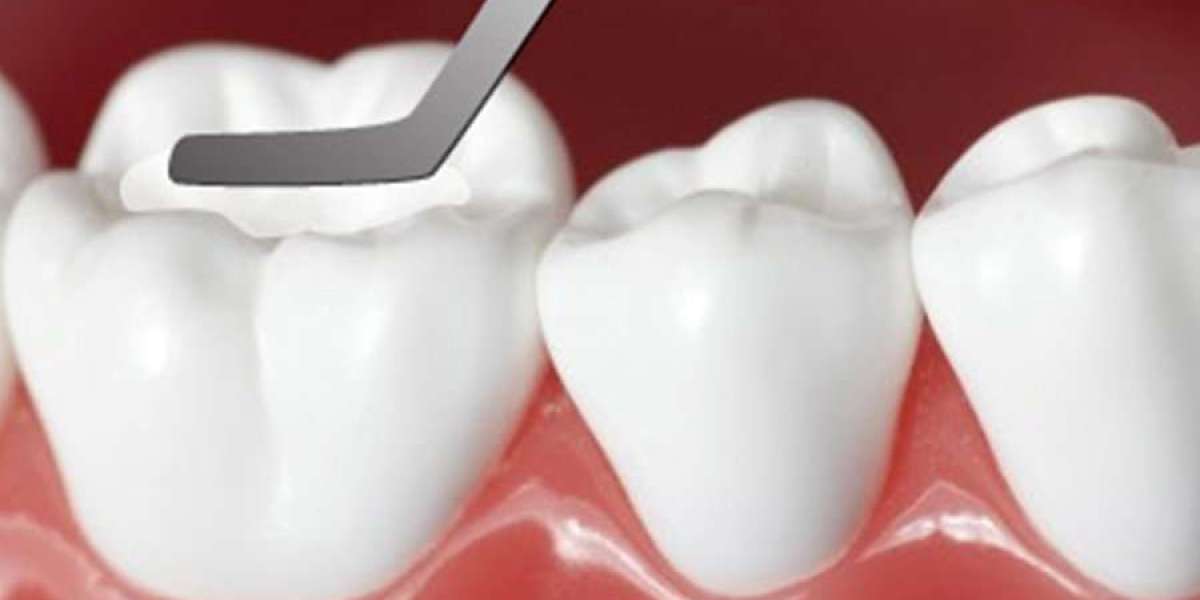The global 300 mm Wafer Electrostatic Chucks (ESC) market was valued at US$ 1208 million in 2024 and is anticipated to reach US$ 1865 million by 2031, witnessing a CAGR of 6.5% during the forecast period 2025-2031.
The global 300 mm Wafer Electrostatic Chucks (ESC) market is gaining strong momentum as semiconductor manufacturers continue to expand advanced node production capacity, scale high-volume wafer processing, and adopt more stringent process control standards. Electrostatic chucks are critical components in wafer processing tools such as plasma etchers, CVD and PVD deposition systems, ion implanters, metrology platforms, and lithography stages. Their role is to securely clamp and stabilize 300 mm wafers during high-temperature, vacuum, and plasma environments. As wafer technology evolves toward extreme precision and defect minimization, demand for high-performance 300 mm ESC solutions is expected to grow steadily through 2031.
Read Full Research Report: https://www.qyresearch.in/report-details/0592367/Global-300-mm-Wafer-Electrostatic-Chucks-(ESC)-Market-Insights
Market Overview
A 300 mm wafer electrostatic chuck uses an electrostatic force to hold a silicon wafer flat and immobile against the chuck surface. Unlike mechanical clamping, ESCs generate uniform clamping pressure without inducing particle contamination, vibration, or edge stress. This is vital for processes such as deep reactive ion etching, advanced thin film deposition, critical dimension control, backside thinning, and inspection.
Throughout semiconductor manufacturing, even microscopic wafer slip, bow, or thermal distortion can lead to critical yield loss. The ESC solves that problem by ensuring consistent wafer position, stable heat transfer, and reliable electrical contact in harsh chamber conditions. As fabs push for higher throughput and tighter tolerance, the stability and repeatability delivered by 300 mm ESCs become an increasingly valuable differentiator.
The market is strongly tied to capital equipment spending in front-end wafer fabs and leading-edge foundries producing logic, memory, and wide bandgap power devices. Increased investment in AI chips, automotive-grade semiconductors, and advanced packaging continues to drive demand.
Key Market Drivers
- Expansion of advanced semiconductor manufacturing capacity
The continued buildout of leading-edge fabs for logic, DRAM, NAND flash, and power devices is a primary engine of demand. The industry’s transition toward finer geometries, 3D architectures, and more complex process steps places greater importance on wafer clamping precision, thermal management, and contamination control — all of which depend heavily on the quality of the electrostatic chuck. - Increasing process complexity at smaller nodes
Processes such as high aspect ratio etch, atomic layer deposition (ALD), extreme ultraviolet (EUV) lithography, and advanced metrology require exceptional positional stability and thermal uniformity across the wafer surface. ESCs designed for 300 mm wafers must deliver tight flatness control, uniform chuck temperature, and predictable thermal conductivity to reduce within-wafer variation. This trend is pushing suppliers to engineer more sophisticated chuck materials, internal cooling channels, and electrode patterns. - Thermal management and heat uniformity requirements
Temperature control is increasingly critical in plasma etch and deposition environments. Modern ESCs not only clamp the wafer, they also act as a heat sink and thermal interface. High-performance 300 mm ESCs are designed to maintain even wafer temperature, prevent thermal stress, and support backside helium cooling or other heat transfer techniques. As process windows continue to narrow, thermal uniformity becomes a competitive necessity for fabs. - Demand for wafer safety and contamination control
Any particle introduction, micro-scratch, or mechanical vibration during processing can degrade yield, especially in advanced nodes and power device manufacturing. Electrostatic chucks minimize physical movement and reduce the risk of mechanical abrasion compared to traditional clamping methods. This makes ESCs essential in clean, high-value process steps.
Market Segmentation
The 300 mm Wafer Electrostatic Chucks (ESC) market can be segmented by ESC type, application, and end user.
By ESC type, the market includes Coulomb-type electrostatic chucks and Johnsen-Rahbek (JR) electrostatic chucks. Coulomb-type ESCs use purely electrostatic attraction and typically offer clean, low-leakage clamping suited for extreme vacuum environments. Johnsen-Rahbek ESCs leverage a semi-conductive interface to produce strong clamping forces at lower voltages, which is advantageous in certain etch and deposition tools where high-force, high-temperature stability is required.
By application, key segments include dry etch systems, CVD/PVD deposition chambers, ion implantation tools, wafer inspection and metrology platforms, lithography stages, and advanced packaging processes such as wafer thinning and bonding. Plasma etch and thin film deposition systems represent two of the most intensive use cases.
By end user, the main buyers are semiconductor fabrication plants (foundries and IDMs), semiconductor equipment manufacturers, and advanced packaging facilities. Foundries supporting AI accelerators, automotive-grade chips, RF devices, and power electronics are becoming important growth customers as they invest in high-yield, thermally stable wafer handling.
Regionally, Asia-Pacific remains the core demand center, driven by high-volume fabs in Taiwan, South Korea, Japan, and China. North America and Europe remain crucial in terms of equipment innovation, specialty semiconductor processes, and ongoing strategic investment in domestic manufacturing capacity.
Technology Trends
Several important trends are shaping the evolution of the 300 mm ESC market.
First, integration with intelligent high-voltage power supplies. ESC performance is increasingly tied to precise voltage delivery, controlled de-chucking, arcing suppression, and wafer safety. Closed-loop power control systems are being integrated with ESC hardware to provide stable clamping force and gentle wafer release.
Second, advanced materials and coatings. Manufacturers are developing ESC surfaces with improved wear resistance, low particle generation, better plasma durability, and controlled friction characteristics. These surface engineering advances help prevent micro-damage and extend chuck life in aggressive plasma chemistries.
Third, improved backside cooling and thermal mapping. Next-generation ESCs are being designed with enhanced helium backside cooling distribution, embedded thermal channels, and more uniform heat conduction zones to maintain wafer planarity and prevent hot spots.
Fourth, predictive maintenance and monitoring. High-end ESC assemblies are beginning to incorporate embedded sensing and diagnostic data, allowing fabs to monitor clamping stability, leakage current, and thermal performance over time. This supports predictive maintenance strategies aimed at minimizing unplanned tool downtime.
Challenges and Opportunities
The 300 mm ESC market faces several challenges. Qualification requirements are extremely demanding, especially for front-end wafer processing at advanced nodes. Fabs expect long service life, minimal particle generation, excellent thermal repeatability, and safe release behavior under all operating conditions. This makes it difficult for new suppliers to enter without extensive process validation.
Additionally, costs are high. Electrostatic chucks are precision-engineered components that must withstand harsh plasma, high temperatures, and ultra-clean vacuum conditions while maintaining micro-scale flatness and uniform thermal response.
Despite these challenges, the opportunity landscape is strong. The global push toward AI computing, EV power electronics, 5G/6G infrastructure, and advanced automotive semiconductors is strengthening long-term wafer demand. As fabs scale both capacity and sophistication, suppliers of high-performance 300 mm ESCs — especially those offering strong thermal control, low contamination, and intelligent clamping management — are positioned for sustained growth through 2031.
QY Research established in 2007, focus on custom research, management consulting, IPO consulting, industry chain research, data base and seminar services. The company owned a large basic data base (such as National Bureau of statistics database, Customs import and export database, Industry Association Database etc), expert’s resources (included energy automotive chemical medical ICT consumer goods etc.
Contact Us:
QY Research, INC.
315 Work Avenue, Raheja Woods,
Survey No. 222/1, Plot No. 25, 6th Floor,
Kayani Nagar, Yervada, Pune 411006, Maharashtra
Tel: +91-8669986909
Emails - [email protected]



